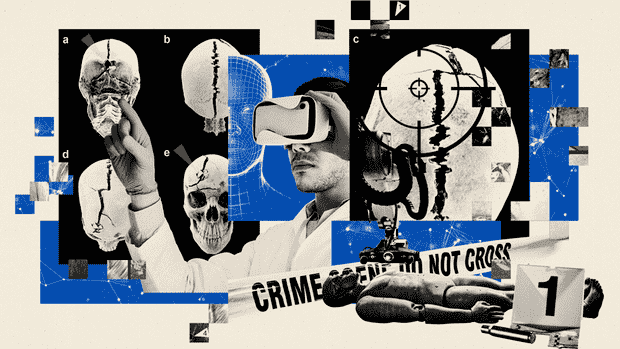Technological developments in forensic science are rapid.
(Photo: Klawe Rzeczy, Getty, PR)
Zurich When the Institute for Forensic Medicine at the University of Zurich examines a corpse, it is first placed in the computer tomograph (CT). “People call me Digi-Thali and say he doesn’t want to get his hands dirty,” says institute director Michael Thali, sounding more proud than offended.
Thali has been pursuing an almost revolutionary idea for a long time: “We no longer have to cut people open, we can actually do everything digitally,” says the forensic pathologist. Securing evidence, determining the cause of death – that can also be done without splattering blood. And his “virtopsy” catches on. In 30 percent of the cases, in consultation with the public prosecutor, the people of Zurich have already completely dispensed with the classic autopsy with a scalpel. In 2021 alone, Thali and colleagues digitized more than 1,000 deaths.
Read on now
Get access to this and every other article in the
Web and in our app free of charge for 4 weeks.
Continue
Read on now
Get access to this and every other article in the
Web and in our app free of charge for 4 weeks.
Continue
